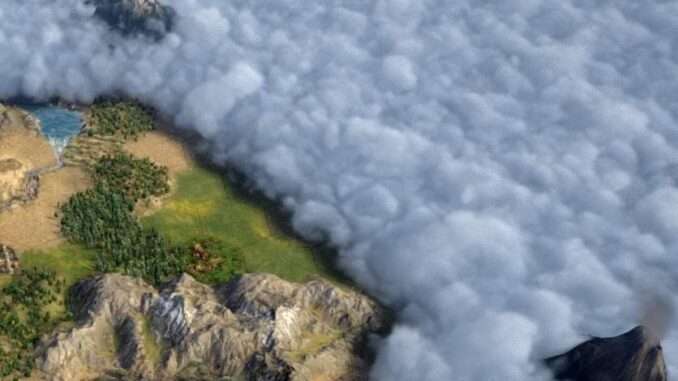
What’s that little red circle mean?
Yields Quick Reference
Yields at a Glance
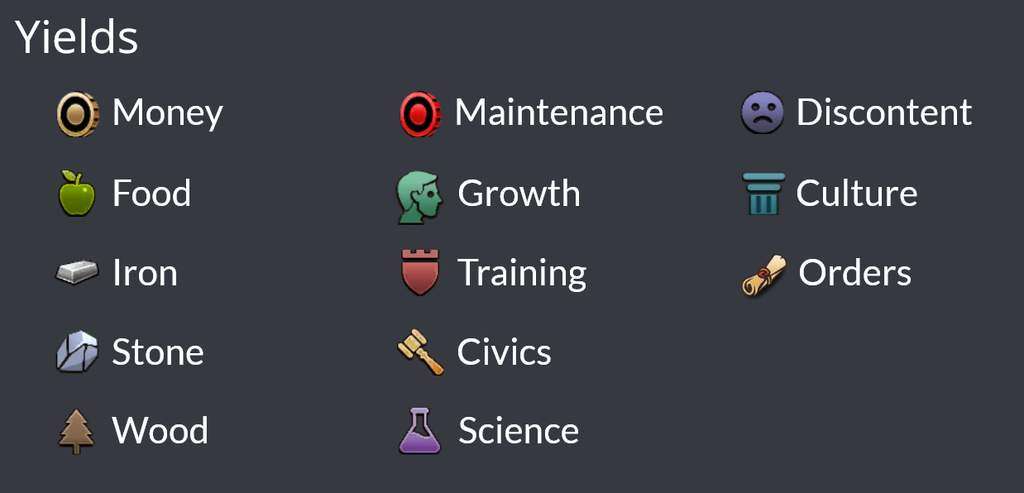
- Money – Used to buy Food, Iron, Stone, or Wood, or to fund tutoring, influencing, or many other missions etc.
- Food – Used to build units (e.g. Settlers, Chariots) and for unit upkeep (e.g. Chariots). Primarily comes from from Farms and Camps. Wheat, Barley, Sorghum, Game (Camp), and Citrus (Grove) are special resources.
- Iron – Used to build units (e.g. Warriors) and for unit upkeep (e.g. Warriors). Primarily comes from Mines. Ore is a special resource.
- Stone – Used to build improvements (e.g. Barracks), some units (e.g. Onagers), and for unit or building upkeep. Primarily comes from Quarries (requires Stonecutting tech). Marble is a special resource.
- Wood – Used to build improvements (e.g. Farms, Mines), some units (e.g. Archers), and for unit or building upkeep. Primarily comes from workers chopping and, later, from Lumbermills (requires Forestry tech). No special resources, but look out for Forests that border Rivers as they make the best Lumbermills.
- Maintenance – Sort of the inverse of money. What it takes to keep your city running. Goes up with higher Discontent and worse Family Opinion. +20% Maintenance is bad. When it’s not percentage and is a fixed amount, negative maintenance (e.g. -110.5 maintenance) is bad.
- Growth – Used to make units that are produced using Growth (Settlers, Workers, Scouts, etc.). Only comes from special resources, Granaries, certain Shrines, or certain Specialists. Growth not used for unit production in a city goes toward growing Citizens.
- Training – Used to make units that produced using Training (almost all military units). Only comes from special resources, Barracks and Ranges, certain Shrines, or certain Specialists. Training not used for unit production in a city goes to the Global Training Stockpile.
- Civics – Used to make specialists or city projects using Civics. Also used for laws, hurrying production, appointing governors, appointing councillors, steal research missions, pacify city missions, religious conversions… Civics not used for specialist/project production goes to the Global Civics Stockpile.
- Science – Not used for city production. Goes directly to contribute to Empire-wide Research. A significant amount comes from Characters (based on Wisdom), not only from cities.
- Discontent – Old World’s version of unhappiness. Reduces city-science, city-growth, and raises city-maintenance. Cities automatically create discontent (with more on higher difficulty levels) which fills up a bar, which actually raises the discontent level. Cities produce discontent each turn unless you do something about it, which you won’t be able to until quite a bit later on in the game (usually via buildings, specialists, and laws). You can almost entirely ignore Discontent until you’re playing on the higher difficulty levels. Higher discontent levels and positive discontent is bad. Lower discontent levels and negative discontent production is good.
- Culture – Another bar to fill up, but this one’s good! Culture levels for cities go from Weak -> Developing -> Strong -> Legendary. Cities produce culture via buildings and specialists. Higher culture levels unlock wonders as well as the ability to build Strongholds (at Developing) and Citadels (at Strong), which you’ll need to make your nation’s unique units (alongside 4 or 7 laws, for the 6 or 8 STR version of them, respectively).
- Orders – Action points. The more of these you have, the more things you can do each turn. Cities can produce some of these via Pastures (esp. if you’re Persia), laws (e.g. Monotheism), some shrines. Legitimacy is also a significant source of Orders (0.1 orders per point of Legitimacy). You want more orders.


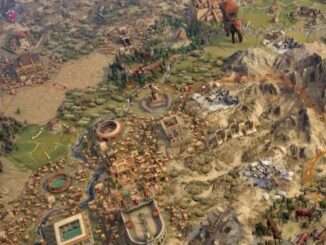
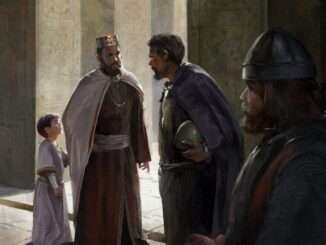
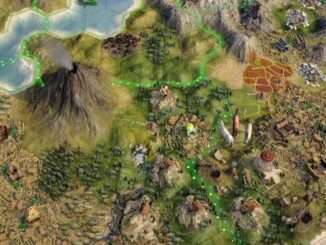
Hey, thanks for making so many excellent guides for New World! Been very helpful as a new player, great job!